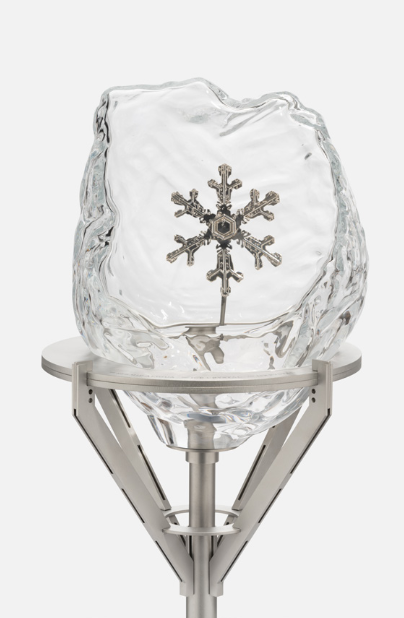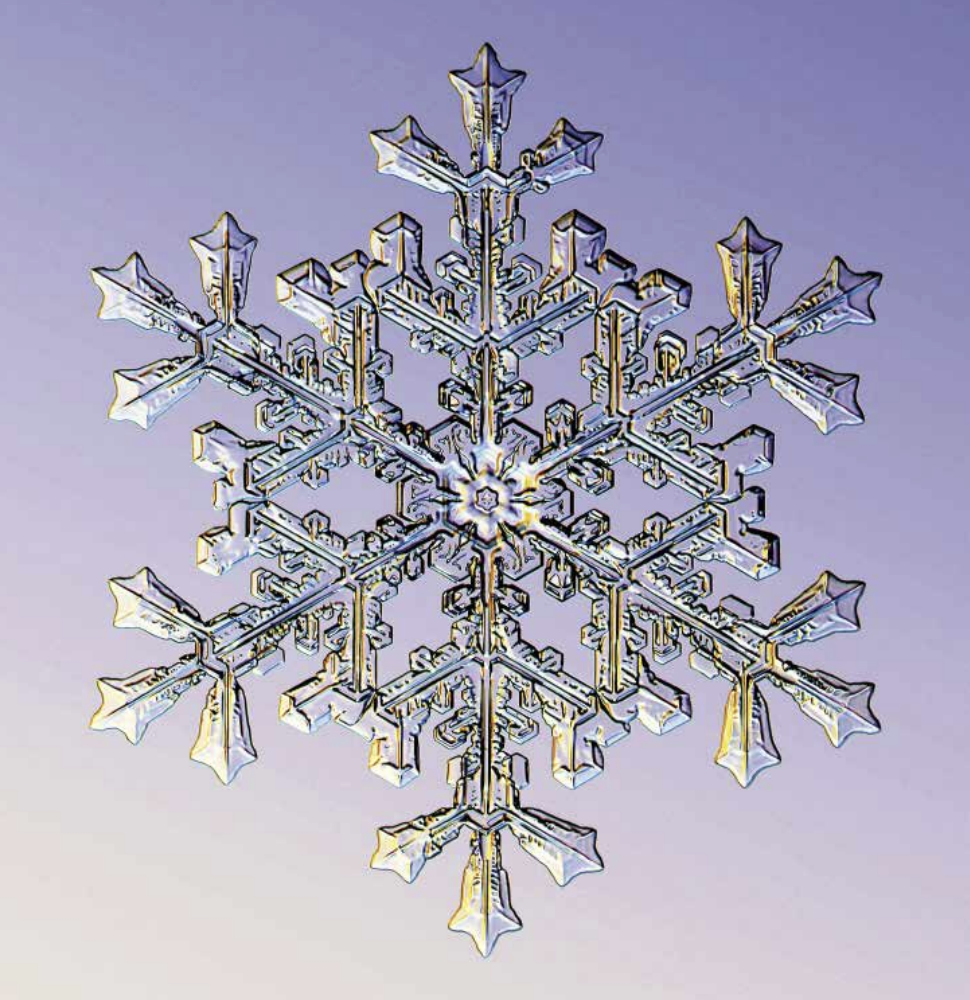
ICE CRYSTALS
A snowflake is formed when ice crystals have gathered in a cloud.
It starts with a germ that the water molecules hit. And so ice crystals are formed.
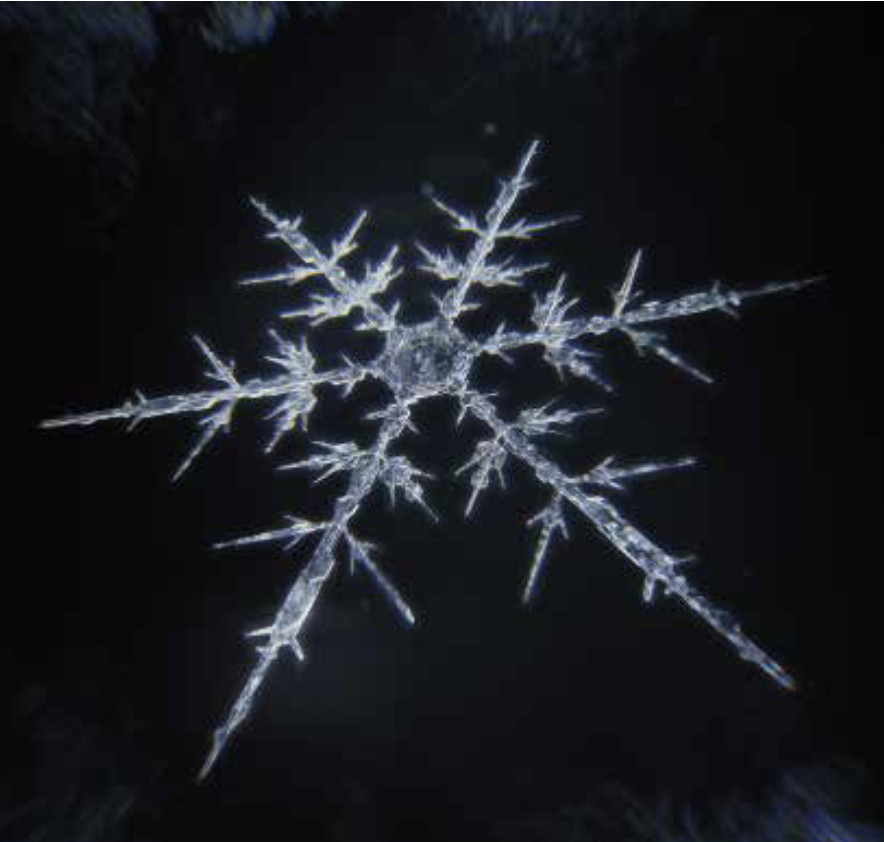
Snowflakes gather in the higher strata of air. What are the layers of the atmosphere called?
What is a germ?
In what states can water exist, and how are the molecules in these states?
A warm cloud contains more water molecules than a cold cloud. Therefore ice crystals are formed faster and with more details in warm clouds.
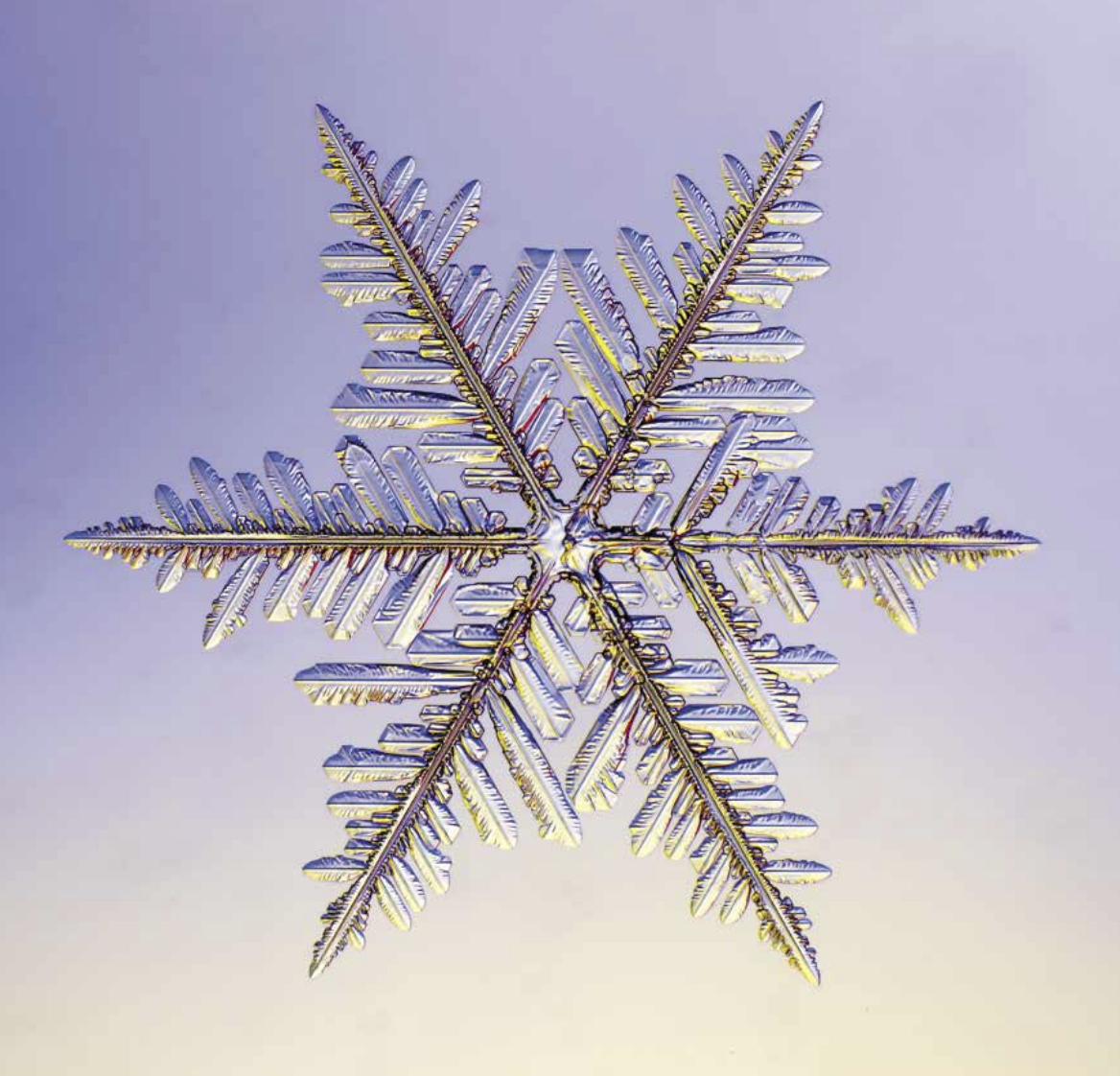
Ice crystal with few details.

Ice crystal with many details.
On page 12 is a model of ice crystals and their parts. How does temperature affect the form?
How does humidity affect the form?
Look at the pictures on pages 14-17. How warm and humid was it when these crystals were formed?
The light emitted from the sun contains all the colours we can see.
Ice crystals are without colour, smell or taste. They reflect the light of the sun.
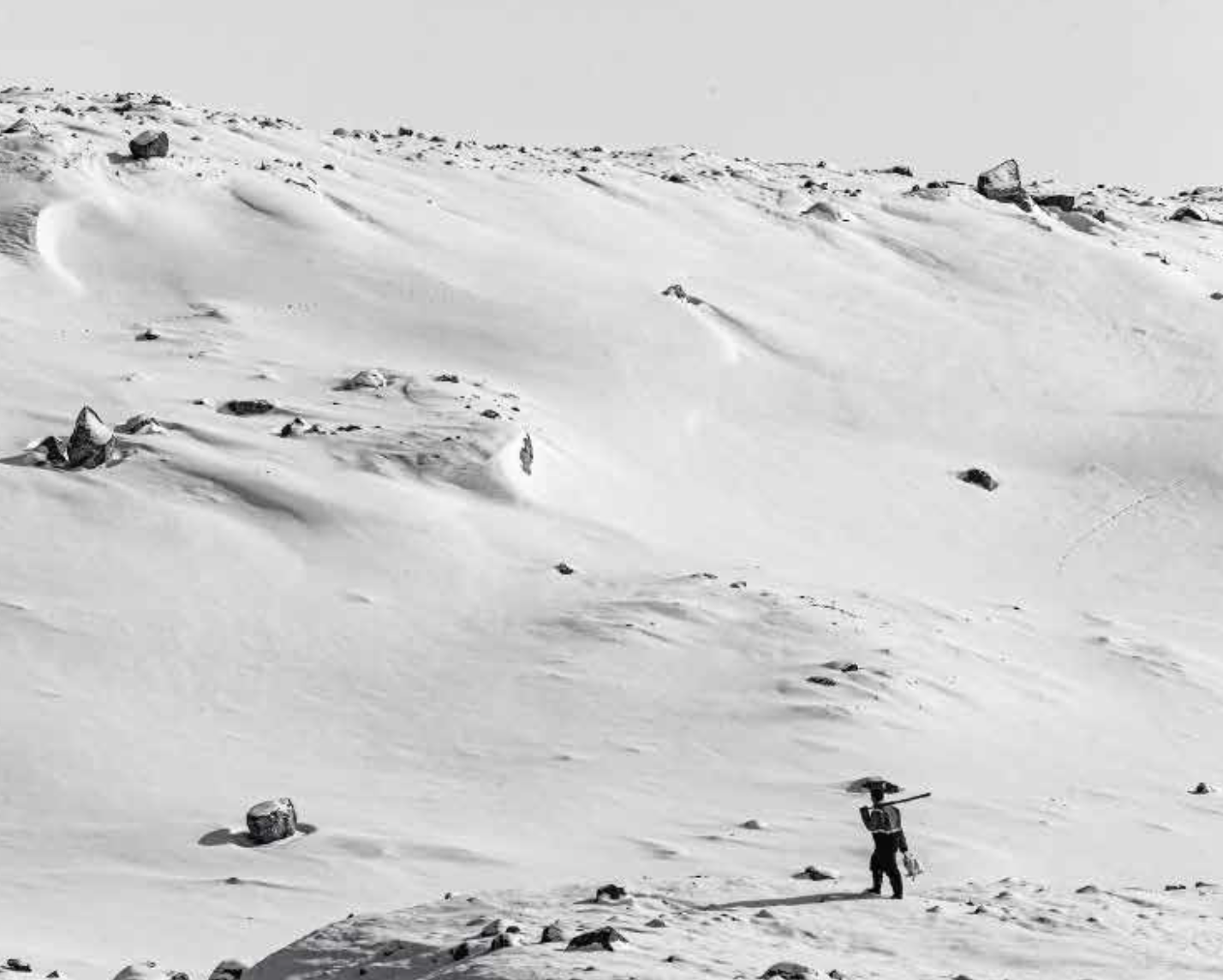
What is the electromagnetic spectrum? How does it relate to the model on page 18?
My description:
Why is snow white?
Explain the concept albedo effect and use it in relation to snow.
A snowflake is formed when ice crystals have gathered in a cloud.
It starts with a germ that the water molecules hit. And so ice crystals are formed.

Snowflakes gather in the higher strata of air. What are the layers of the atmosphere called?
What is a germ?
In what states can water exist, and how are the molecules in these states?
A warm cloud contains more water molecules than a cold cloud. Therefore ice crystals are formed faster and with more details in warm clouds.

Ice crystal with few details.

Ice crystal with many details.
On page 12 is a model of ice crystals and their parts. How does temperature affect the form?
How does humidity affect the form?
Look at the pictures on pages 14-17. How warm and humid was it when these crystals were formed?
The light emitted from the sun contains all the colours we can see.
Ice crystals are without colour, smell or taste. They reflect the light of the sun.

What is the electromagnetic spectrum? How does it relate to the model on page 18?
My description:
Why is snow white?
Explain the concept albedo effect and use it in relation to snow.

